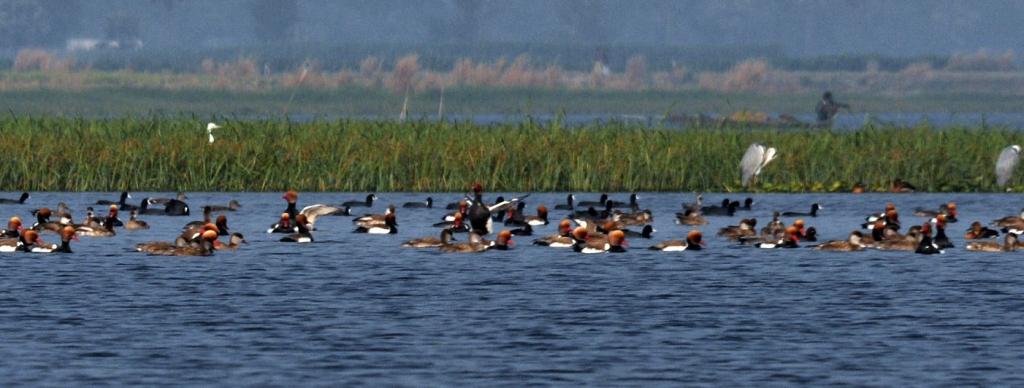Do You Know About Gogabil Island – Bihar’s Hidden Bird Paradise
#GogabilIsland, #BiharBirdSanctuary, #HiddenIndia, #BirdWatching, #EcoTourismIndia, #NatureLovers, #WetlandConservation, #IndianWildlife, #SarusCrane, #MigratoryBirds, #Gogabil
KNOWLEDGE & EDUCATION
8/2/20252 min read


India is home to numerous ecological wonders, but few people know about Gogabil Island, Bihar’s only notified bird sanctuary and an ecological treasure that’s slowly gaining the attention it deserves. Nestled in the Katihar district, this freshwater oxbow lake turned bird habitat offers more than just scenic beauty—it plays a crucial role in regional biodiversity and conservation.
1. What Is Gogabil?
Gogabil is a natural oxbow lake, formed by the meandering of the Kankhar, Mahananda, and Ganga rivers. Over time, river movement created a crescent-shaped water body surrounded by marshy lands. It was declared a community reserve and bird sanctuary by the Bihar government in 2020.
2. A Bird Watcher’s Paradise
Gogabil is a haven for over 300 species of birds, including many migratory birds from Siberia and Central Asia. Some key species include:
Sarus Crane
Indian Skimmer
Black-necked Stork
Lesser and Greater Whistling Ducks
Common Teal and Gadwall
This diversity has earned it the nickname “Mini Bharatpur of Bihar.”
3. Ecological Importance
The wetland acts as a crucial stopover site for migratory birds and supports a wide range of aquatic flora and fauna. It also plays a vital role in groundwater recharge, flood control, and maintaining local climate balance.
4. Recognized Yet Under-Developed
Despite being officially declared a sanctuary, Gogabil lacks basic eco-tourism infrastructure, making it a potential but underutilized destination for nature lovers. Local conservationists and birdwatchers are pushing for development while maintaining ecological sensitivity.
5. Community Involvement in Protection
Gogabil is a community reserve, meaning the local population has a stake in its protection. Villagers participate in awareness programs and actively report poaching or disturbance to authorities. It’s a grassroots model of conservation worth replicating.
6. Ideal Time to Visit
The best time to visit Gogabil is between November and February, when migratory birds arrive and the weather is ideal for exploration. Visitors can explore the wetland by foot or boats (with prior permission), offering a serene experience in nature.
Conclusion
Gogabil Island is not just a lake—it’s a living, breathing ecosystem teeming with life and beauty. As awareness spreads, it has the potential to become one of India’s premier bird-watching sites. Protecting and promoting such natural heritage will not only boost eco-tourism in Bihar but also set a precedent for sustainable community-led conservation across the country.
Knowledge
Empowering minds with reliable educational content daily.
Newsletter Signup
© 2025 DoYouKnow. All rights reserved.
Stay Ahead of the Trends – Join Our Newsletter
